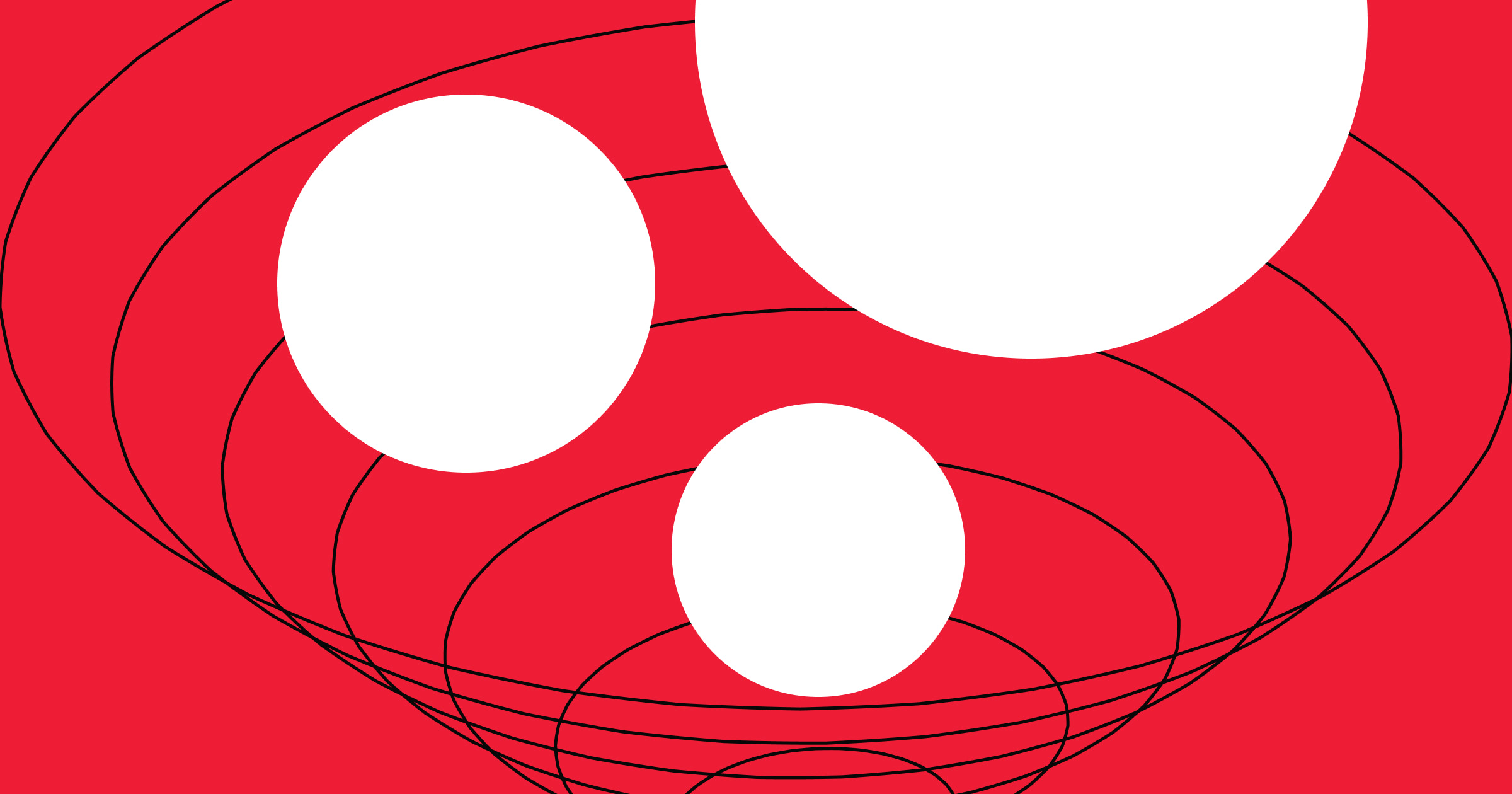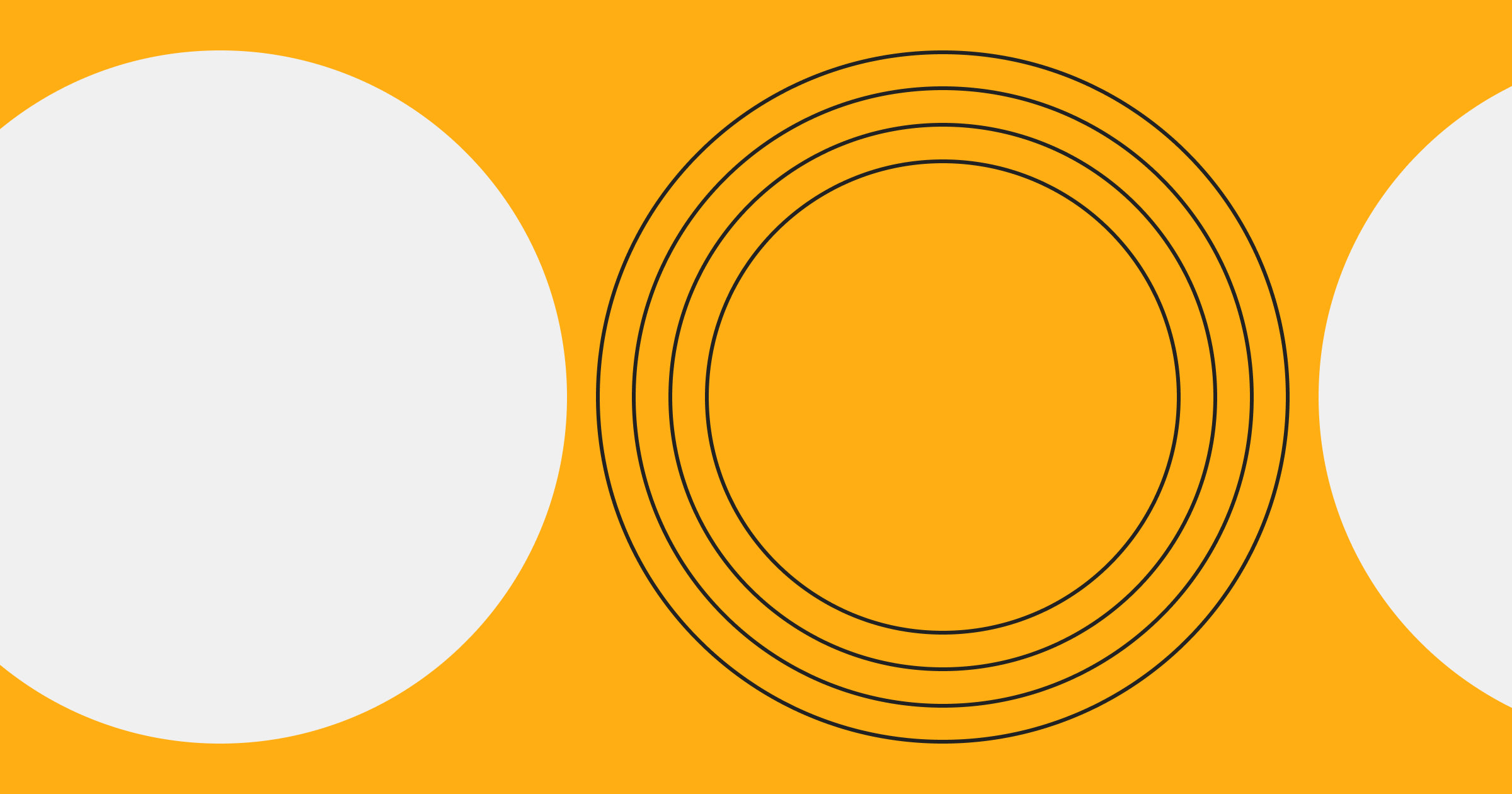A well-designed marketing funnel transforms curious clicks into loyal customers.
From captivating videos to insightful blog posts, all digital content serves a strategic purpose: guiding audiences through a marketing funnel. The end goal isn’t just about securing a sale or gaining a newsletter subscription — it’s about building genuine connections rooted in mutual understanding and trust. Through this multi-stage approach, you cultivate meaningful relationships that turn fleeting interest into sustained brand loyalty.
Whether it’s introducing a new customer to your brand or nurturing an existing one, the funnel adapts and evolves. By continually refining the journey based on user behavior and feedback, you help your message resonate and leave a lasting impression on your audience.
What is a marketing funnel?
A marketing funnel represents the customer’s journey, mapping out the stages they take when engaging with a brand, whether it’s through an advertisement, website, or app. As users delve deeper into this journey, they move from merely being aware of the brand to developing an interest, making a decision, and ultimately converting to make a purchase. Think of it as a structured pathway designed for businesses to guide potential customers through their decision-making process.
This funnel approach streamlines the buying process for customers by outlining each step, enabling businesses to deliver relevant and timely brand messaging. By understanding and catering to consumer needs at each stage, brands deliver more targeted, effective marketing strategies, driving higher conversion rates and sales.
The 5 stages of the digital marketing funnel
The digital marketing funnel is an indispensable tool that helps businesses nurture potential customers. Here’s a breakdown of its five stages and key performance indicators (KPIs) to track effectiveness.
1. Discovery
This initial stage, also called the awareness phase, is the first point of contact between your brand and potential consumers. This contact could be through an insightful blog post that surfaces in organic search results, an eye-catching banner ad, or a social media post that stops their scroll.
Recognition is just the starting point — for potential customers to move through the funnel, they must perceive genuine value and its relevance from your brand. KPIs like search engine optimization (SEO) rankings, unique website visitors, social media engagement metrics, overall impressions, and click-through rates (CTR) measure how well your marketing efforts capture attention. By identifying which content, marketing channels, and campaigns resonate most with potential customers, you can refine your strategy to maximize your marketing return on investment (ROI) and make powerful first impressions.
2. Interest
After discovering your brand, potential customers enter the interest phase, immersing themselves in your website, app, or social media channels. Now that they know your brand's unique value proposition (UVP), they’ll interact with informative blog posts, product tutorials, interactive demos, or user testimonials showcased across your web pages to see how your offering aligns with their needs.
To enhance this exploration, optimize your website’s layout. Consider placing “recommended articles” on blog pages, “related products” on product pages, and providing seamless access to product specifications and details to provide interested visitors with everything they need to consider your product.
You can use tools like Google Analytics to monitor interest KPIs like page sessions, time on page, and subscriber growth. By tracking these metrics, you learn what content or products appeal most to visitors and where they spend the most time on your website. This process helps you adjust your content strategy and user experience to leverage and create more interest. Keeping visitors engaged guides them further down the sales funnel, increasing conversion chances.
3. Consideration
Diving deeper into the funnel, potential customers transition into the consideration phase, where they critically assess the value your products or services might offer them. Here, they often gravitate toward comparison tools on your website, such as product descriptions and user reviews. They might also sign up for webinars, subscribe to newsletters, or engage with chatbots or customer support to learn more information.
This phase is about fortifying your brand’s credibility. Product comparison charts, detailed FAQs, and dedicated review sections within product pages are pivotal in guiding decision-making.
Key metrics at this stage encompass the number of items added to wish lists or shopping carts, interaction with product recommendation emails, completion rates for lead form submissions, and email open rates. These statistics pinpoint the content and offerings that resonate most with audiences, allowing you to tailor the customer journey to nudge users toward the next funnel phase.
4. Confirmation
The confirmation phase represents the pivotal moment when prospective customers transition from considering to committing. At this point, they often scrutinize their cart, check that products align with preferences, or initiate checkout procedures, signaling their purchase intent.
On the website, this stage manifests through features like a dynamic cart summary, seamless checkout interfaces, or a final review page before payment confirmation. Any friction here, whether it’s cumbersome checkout processes, unexpected shipping or add-on costs, or glitches, can deter what could have been a sure sale.
For insights into the bottlenecks or challenges users face in this final stretch, monitor metrics such as shopping cart and checkout page abandonment rates, interaction with payment gateways, and final conversion rates. This understanding lets you refine user interfaces, introduce last-minute incentives, or streamline payment options to remove any barriers discouraging purchases and optimize website functionality to improve conversions and revenue.
5. Conversion
Capping off the journey, the conversion phase marks the transformation from an interested prospect to a converted customer. Whether clicking that buy now button, signing up for a newsletter, or following your brand on social media, this stage cements the outcome of all preceding funnel marketing efforts into tangible business results.
This pivotal moment takes shape on websites in user-friendly checkout pages, persuasive call-to-action (CTA) buttons, or succinct subscription forms. It’s often these seamless and intuitive touchpoints that drive the final commitment.
Key metrics to monitor here include purchase counts, total revenue, and average customer acquisition costs (CAC). These indicators reflect the efficacy of your funnel and provide insights into its cost-effectiveness and profitability. You can finetune your funnel strategies by tracking these figures, optimizing the user experience and budget allocation.



















Free ebook: The no-code revolution
Discover the impact the no-code movement will have for the future of makers and businesses.
How to tailor content for each funnel stage
The digital marketing funnel provides a clear content map from discovery to conversion, seamlessly encouraging them to interact with your brand, purchase your products, and engage in your services. To optimize your content strategy for each funnel phase, consider the following tips:
Top of the funnel content
The top of the funnel (TOFU) refers to the discovery or awareness stage, where the focus is creating high-quality, captivating content that grabs attention and arouses interest. Here, it’s not about pushing your product or service but engaging potential customers with compelling content that piques their curiosity. By diving into overarching industry trends and market nuances, you showcase how your UVP fills existing gaps and solves customer pain points. For example, if there’s a common customer issue that competitors aren’t addressing but your product solves, you can weave this solution into shareable content to highlight your brand and product’s significance.
To make these insights resonate, lean into immersive storytelling and diverse content types. Think in-depth blog articles, captivating infographics, or entertaining videos and memes. This multi-faceted approach ensures you’re not just selling a product but sharing value, education, and a narrative that meets audience needs and interests.
Middle of the funnel content
The middle of the funnel (MOFU) encompasses the interest and consideration stages, bridging the gap between initial interest and purchase intent. Here, the aim is to offer comprehensive information about your brand, products, and services to nurture further interest and build trust with potential customers. While TOFU captures broad attention, MOFU hones in, offering in-depth information about your brand’s strengths, differentiators, and tangible benefits of your offering.
MOFU is the ideal stage for showcasing your unique value proposition. Well-crafted landing page copy, case studies, and downloadable resources excel here, demonstrating your brand’s credibility and authority. Email marketing is also pivotal — regular newsletters and updates keep potential customers looped in to your brand narrative without being overly promotional. Webinars can also prove invaluable, offering a platform to educate, engage, and interact.
Remember to lead with value. Present the advantages you bring to the table, then seal the deal with compelling CTAs instead of the other way around. By anchoring your CTAs with insights and benefits, you bolster the chances of visitors clicking through, increasing both interactions and conversions.
Bottom of the funnel
The bottom of the funnel (BOFU) focuses on actionable commitment. The goal is to drive visitors to take specific action, whether purchasing a product or opting into a newsletter. This culmination of your marketing funnel demands strategic content that nudges indecisive visitors over the edge, resulting in a successful marketing initiative.
With BOFU, it’s about quelling any last-minute doubts to encourage decision-making. Serve detailed “how-to” guides to showcase the efficiency of using your offering. Entice potential customers with trials or demos for a firsthand experience of your offering. Incentivize them further with time-sensitive discounts tailored to their interests.
But don’t stop there. In a marketplace crowded with options, make it clear why customers should choose you. Offer clear, compelling comparative content. Set up feature and price comparison charts that spotlight your advantages over competitors. Highlight positive customer reviews and testimonials to build trust. These strategies set the stage for confident decision-making, ensuring your marketing efforts translate into tangible results.
Elevate your customer journey
By strategically addressing the demands and preferences of your target audience, you can maximize each stage's efficiency and improve funnel conversion rates.
To take your branding and content creation efforts further, learn more about Webflow Enterprise. Leverage our visual web development platform’s integrated analytics and targeting tools to accelerate your speed to market or explore our resources on topics such as real-time marketing and the fundamentals of SEO to optimize your strategy as you scale your business. Whatever your industry or sector, Webflow offers everything you need to help your website succeed.







.jpeg)
























